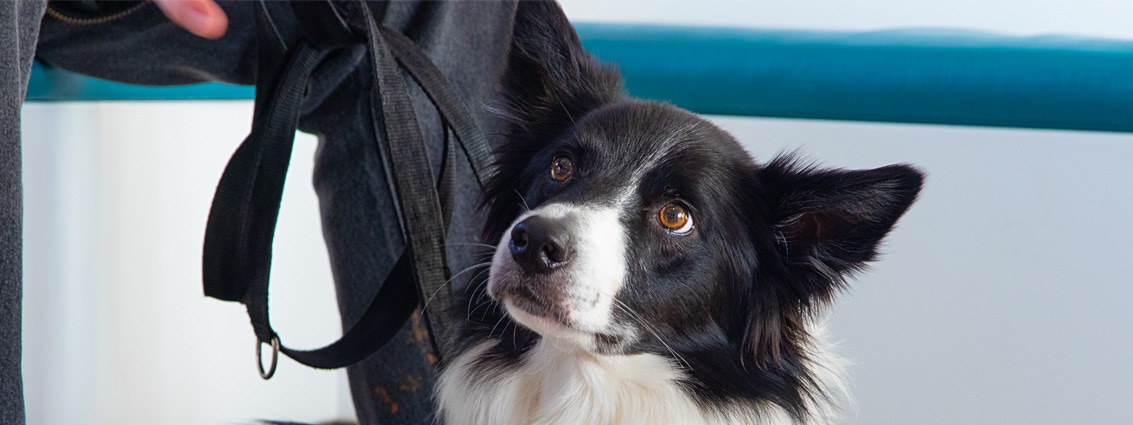What is diabetes?
Diabetes is a metabolic disease of middle and old aged cats, whose symptoms are caused by high blood sugar, due to lack of the hormone insulin. Obesity is the main predisposing factor, although in up to 30% of cats a brain tumour producing growth hormone may be the underlying cause.
After a meal blood glucose (sugar) rises. Insulin stimulates the body to store excess glucose as starch in the liver. Lack of insulin results in the blood glucose level being too high, which causes glucose to leak into the urine. Glucose draws extra water into the urine, making the cat produce more urine and be thirstier.
In diabetic cats metabolism is altered so that the body has to break down fat and muscle tissue to provide it with energy. This causes weight loss. Altered metabolism can also lead to the production of damaging acids called ketones, which in large amounts cause illness or even death. High blood sugar may damage the nerves in the hind legs (diabetic neuropathy).
Symptoms
The major signs are:
- Increased thirst
- Increased urination
- Increased hunger
- Weight loss
- Lethargy
- Hind leg weakness or wobbliness
- Acromegaly (enlarged chin, face and feet, caused by excess growth hormone).
Diagnosis
Diabetes is diagnosed by a combination of veterinary examination, blood and urine tests. Cats with diabetes will have high blood glucose and glucose in their urine. Stress can also cause high blood glucose in cats. If there is any doubt a test for fructosamine can be done, which indicates the average blood glucose over the previous 1-2 weeks. Some cats will be very ill when diagnosed, with a life threatening condition called diabetic ketoacidosis. The blood and urine glucose levels and blood and urine ketone levels are all very high. This condition requires intensive care.
Treatments
In cats diabetes is normally treated with insulin injections, usually given twice a day, for life. These injections are given by the cat’s owners. Owners are trained by a veterinary nurse on exactly how to store, handle and use the insulin and how to give injections. Normally the cat must eat before insulin is injected. If the cat does not eat, owners should contact the surgery for advice.
Other factors that will help to control diabetes include:
- Controlled weight loss if the cat is overweight, ideally under the supervision of a veterinary nurse, using a high fibre/ low calorie or a high protein prescription diet.
- For cats of the right weight, feeding a high protein prescription diet or kitten food minimises rises in blood sugar. Cats do not need carbohydrates. They get all their energy from protein.
- Giving the cat as routine a life as possible, so that glucose requirements are similar from day to day.
- Treating any other disease processes the cat may have.
Cats treated with insulin may live for several years after diagnosis. Diabetes control can be very difficult in some cats. Some cats will stop being diabetic once they have lost weight.
Monitoring
Monitoring diabetes control is essential. Usually the cat will be admitted to the surgery for 12-24 hours for a glucose curve (measuring blood glucose every 1-2 hours and plotting the results on a graph), either on the day treatment starts or soon after, to see how well the insulin is controlling blood glucose. It may take some time before the right dose is reached. Ideally a glucose curve will be done to monitor each dose change and then every 3-6 months after the correct dose is reached or if control seems to have been lost. Some cats may be too stressed to allow serial blood samples to be taken. Others have abnormal results due to stress. A blood fructosamine test is an alternative monitoring test that shows average blood sugar over the previous 1-2 weeks.
Other important ways of monitoring control include:
- Recording daily food and water intake (with good control thirst and hunger should be reduced).
- Monitoring how well the cat is in itself Doing glucose curves at home.
- Glucometers, to measure blood glucose, can be bought or hired, and samples can be taken with a special pin-prick.
Problems are, unfortunately, common, including:
- Hypoglycaemia (low blood sugar) – where the cat becomes weak and wobbly. This emergency condition can be treated with sugar, jam or honey given by mouth.
- Diabetic ketoacidosis – cats become really ill. This is an emergency condition.
- Incorrect storage or handling of insulin.
- Diabetic cats are more likely than normal to develop urinary and other infections, such as periodontal disease, which make the body less responsive to insulin.
- Other diseases of middle or old age, such as chronic kidney disease, hyperthyroidism or bowel disease, will interfere with control of diabetes.
- Occasionally cats become resistant to the type of insulin being used.
- Rarely, if the blood sugar drops too far, the body may react by massively increasing blood sugar.
- Acromegaly, which is hard to diagnose, prevents good diabetes control.
Summary
Diabetes is a complex metabolic disease, which usually requires treatment with insulin injections, often for life. For more information go to www.icatcare.org.uk

